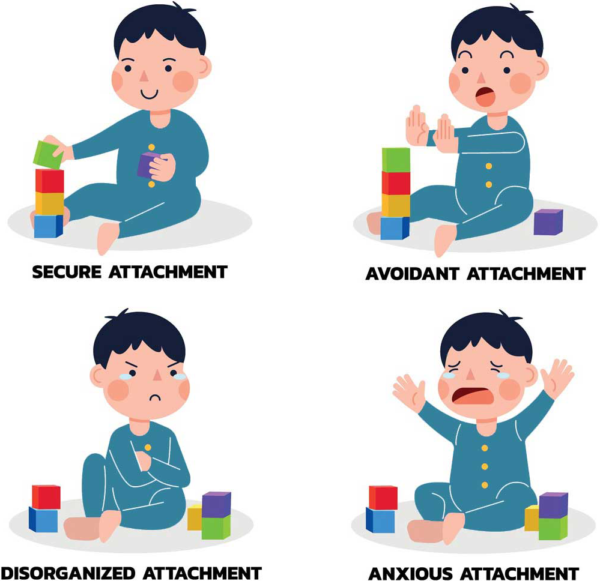Attachment & Emotions Background
Theoretical Perspectives

Emotions Background
 While attachment theory and research has been inspirational, Robert Emde’s work on emotions and emotional availability, also paved the way for the current way of viewing the emotional availability construct. As one of the giants in our field, he thought deeply about the power of emotions and the communicative importance of not only distress signals but also of positive emotions. He wrote that when a psychotherapist is emotionally available to a client, the client is free to explore both his old memories as well as begin to think about new ways of being. By analogy, he believed that when the parent is positive and is able to show a range of emotions to the infant, the infant is free to explore faraway places in the home, as well as bring back to the parent what has been explored, thus bridging emotional exchanges with secure attachment. His view of the infant’s positive response as rewarding to the parent and part of a “reciprocal reward system” was inspirational in furthering our understanding of early relationships, and thus the child’s side of emotional availability.
While attachment theory and research has been inspirational, Robert Emde’s work on emotions and emotional availability, also paved the way for the current way of viewing the emotional availability construct. As one of the giants in our field, he thought deeply about the power of emotions and the communicative importance of not only distress signals but also of positive emotions. He wrote that when a psychotherapist is emotionally available to a client, the client is free to explore both his old memories as well as begin to think about new ways of being. By analogy, he believed that when the parent is positive and is able to show a range of emotions to the infant, the infant is free to explore faraway places in the home, as well as bring back to the parent what has been explored, thus bridging emotional exchanges with secure attachment. His view of the infant’s positive response as rewarding to the parent and part of a “reciprocal reward system” was inspirational in furthering our understanding of early relationships, and thus the child’s side of emotional availability.
The EA Scales, 4th edition (2008) and now 4.1 manual (2022) is a way to measure the quality of the interactions that lead to secure or insecure attachments. The scales measures 4 qualities on the adult side (sensitivity, structuring, nonintrusiveness, and nonhostility) and 2 child qualities (responsiveness to the adult and involvement of the adult). In addition to the EA Scales, the observational EA System measures “attachment styles” (namely Emotionally Available, Complicated, Detached, and Problematic/Disturbed/Traumatized or Traumatizing). These 4 attachment styles are conceptualized to map onto the 4 attachment categories that are used to classify attachment relationships as put forth by attachment theorists/researchers (namely Secure, Insecure/resistant/dependent, Insecure/Avoidant, and Disorganized).

Attachment Background
Attachment theory began in the 1950s with the work of John Bowlby, a British psychiatrist and psychoanalyst, who observed young children’s reactions to separation from their parents and their reactions to loss. He also studied children in unusual circumstances, such as those raised in institutions. On the basis of his observations of infants and young children as well as his extensive knowledge of the field of ethology, he concluded that the young of all species come into this world biologically prepared to love and to attach to a loving caregiver. He believed, and it has been documented, that all children are attached to the individuals who take care of them. So unless a child is raised in an institution or there are many changes in the caregiving environment (such as foster care), children attach and love their parents. It is a biological imperative because it guarantees the survival of a species. All children are better off being connected with a wiser adult than they are taking care of themselves. In the 1960’s, Mary Ainsworth and her colleagues began to research attachment by observing in Ugandan homes, and noticing 3 patterns of attachment, which she later tested in Baltimore, Maryland. Mary Main and her colleagues continued this line of research, and discovered a 4th attachment category.


